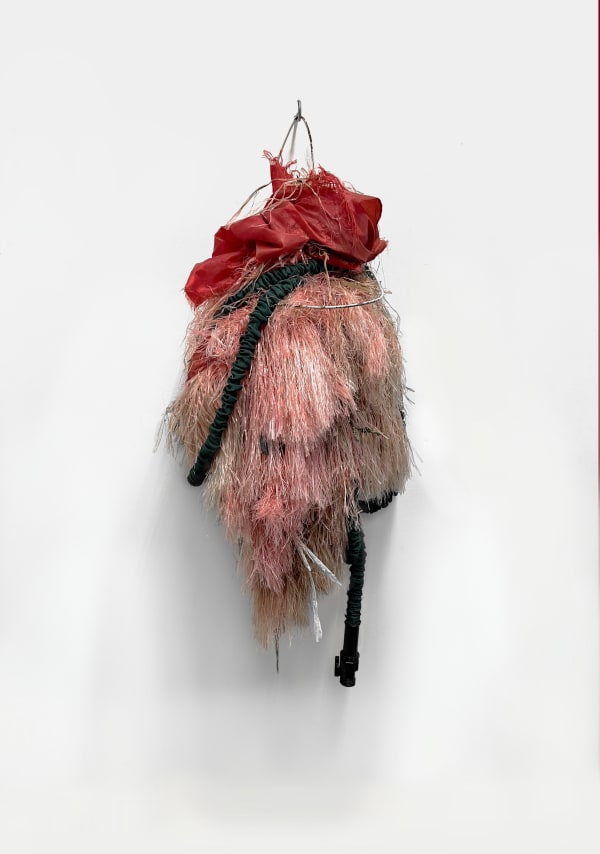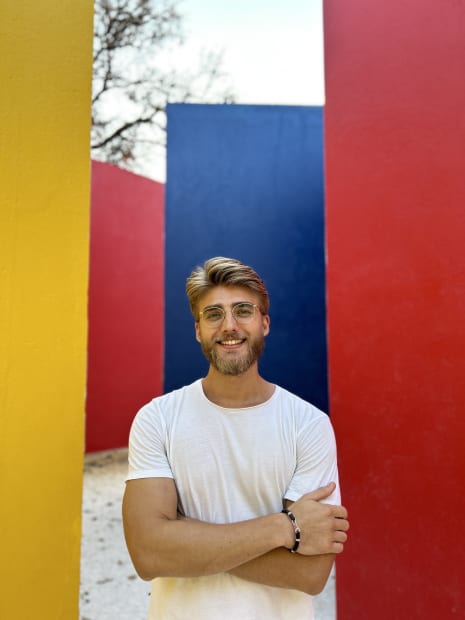-
-

-
-
Artworks
-

-
-
About PG Studios
PG Studios is Palmer Gallery's online exhibitions programme principally aimed at supporting self-trained artists who did not attend traditional art school.
In today’s art ecosystem great importance is placed on formal training and art education, often to the detriment of talented creatives who simply choose not to study in a formal context or who are not in a position to take on the financial risk of a fine art degree. Studios are arguably the great leveller across all artists and an omnipresent feature in the creative process: from artists with huge warehouses subsidised by commercial galleries, to those who make work in their bedrooms, nearly every artist has a private space in which they can create.
PG Studios will highlight the work of different types of artists, putting forward a programme that alternates between those who are self-taught and those with more formal training, focusing on the artist studio as a sacred space of creation that runs like a golden thread through the experience of all artists.








